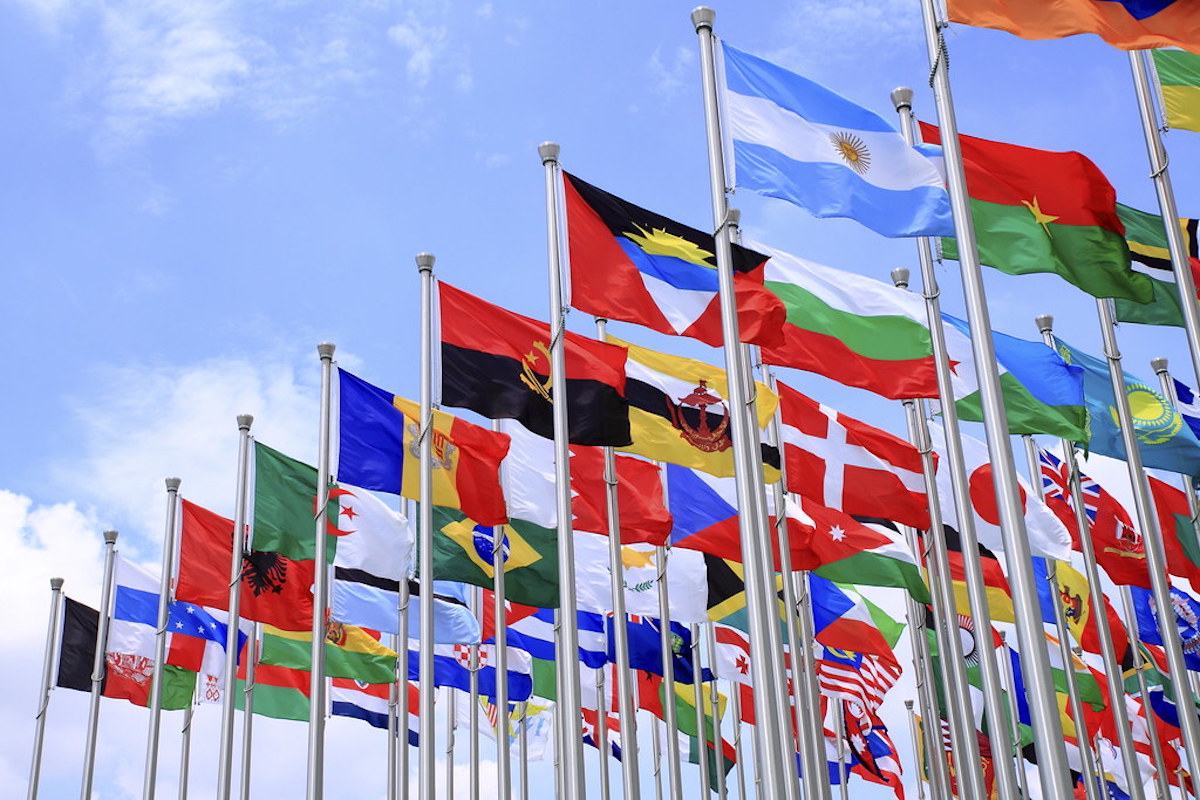The Role of Weather Fronts in Dove Migration Patterns
Discover how weather fronts influence dove migration patterns and learn strategies to enhance your hunting success and conservation efforts.

Understanding how weather fronts impact dove migration patterns is crucial for hunters and bird enthusiasts alike. Doves are migratory birds, and their seasonal movements are heavily influenced by shifts in weather. These patterns determine not only when doves migrate but also the regions they prefer during their journey. Weather fronts act as natural signals, prompting doves to adjust their flight paths, rest periods, and feeding habits in response to changing conditions.
Factors such as temperature drops, wind direction, and precipitation significantly affect their decisions, often dictating whether they move forward or seek temporary shelter. To grasp the intricate relationship between weather and dove migration, it is essential to delve into how various atmospheric conditions shape their behavior and survival strategies. This understanding not only benefits hunting and observation efforts but also highlights the delicate balance doves maintain in response to environmental challenges, underscoring the need for sustainable practices and deeper ecological awareness.
How Weather Fronts Influence Dove Migration
The role of weather fronts in dove migration patterns is pivotal, as they signal seasonal changes and food availability. Cold fronts, in particular, often serve as the primary trigger for doves to begin their migration journey. As temperatures drop in northern regions, food sources diminish, prompting doves to seek warmer climates in the south. The sudden change in weather during the passage of a cold front creates favorable tailwinds, which help doves conserve energy while flying long distances.
Warm fronts, on the other hand, influence migration by dictating stopover sites where doves can rest and refuel. These fronts bring milder temperatures and rainfall, often resulting in the abundance of seeds and grains, which are primary food sources for doves. Understanding these dynamics allows hunters to predict when and where doves are likely to appear during migration seasons.
Atmospheric Pressure and Doves
Shifts in atmospheric pressure associated with weather fronts play a significant role in dove migration behavior. High-pressure systems often bring clear skies and calm winds, creating ideal conditions for doves to continue their journey. Conversely, low pressure systems, which are typically associated with stormy weather, can disrupt migration patterns, forcing doves to seek shelter.
These fluctuations in pressure also influence the availability of food, as storms may scatter seeds or create muddy conditions that make foraging more challenging. Hunters and bird watchers who understand these nuances can adapt their strategies, ensuring a more successful dove hunting experience.
The interaction between atmospheric pressure and weather fronts highlights the delicate balance doves maintain to ensure survival during migration. Recognizing how these elements interplay provides deeper insights into their behavior and can enhance both hunting and conservation efforts.
Timing Migration with Seasonal Weather Shifts
Seasonal weather shifts dictate the timing of dove migration, with cold fronts often signaling the onset of movement. In late summer and early fall, doves begin their migration as temperatures in northern regions cool and food supplies dwindle. These changes coincide with the arrival of strong cold fronts that provide the necessary tailwinds for their southward journey.
Warm weather fronts encountered along the way influence where doves temporarily settle. These regions often become hotspots for hunters due to the abundance of resting and feeding doves. Understanding how weather fronts align with seasonal changes enables hunters to prepare for peak migration periods, maximizing opportunities for a successful hunt.
As the seasons transition, the role of weather becomes increasingly evident, not only in shaping migration routes but also in influencing the overall health and survival of dove populations. By aligning their strategies with these natural patterns, hunters can gain a competitive edge while contributing to sustainable hunting practices.
Regional Weather Front Effects
The impact of weather fronts on dove migration varies across regions, creating distinct patterns that hunters can exploit. In northern areas, the arrival of a cold front often triggers the initial stages of migration, pushing doves southward in search of milder climates. Southern regions, particularly those with warmer temperatures and abundant food, act as key stopover sites or final destinations for migratory doves.
Rainfall patterns associated with warm fronts also play a critical role in determining where doves settle during migration. Regions experiencing consistent rain often provide better habitats, as rainfall encourages the growth of vegetation and increases seed availability. In contrast, areas affected by prolonged droughts may see a decline in dove numbers, as birds bypass these regions in favor of more favorable conditions.
Hunters and wildlife enthusiasts must consider these regional differences when planning their activities. Adapting to the varying effects of weather fronts ensures a deeper understanding of dove migration and a more rewarding experience in the field.
Adapting Hunting Strategies
The role of weather in dove migration not only influences the birds but also dictates the strategies hunters must employ. Tracking weather fronts and anticipating their effects on migration patterns can significantly improve hunting success. For instance, hunters who position themselves along the flight paths of doves during a cold front stand a better chance of encountering large flocks.
Warm fronts, which encourage doves to rest and feed, present ideal opportunities for scouting and preparation. Hunters who understand these dynamics can locate prime hunting spots where doves are most likely to congregate. Additionally, observing weather trends helps hunters identify the best times to plan their outings, ensuring minimal disruption to the birds' natural behavior while maximizing their hunting experience.
By integrating knowledge of weather fronts into their strategies, hunters can not only achieve better results but also contribute to the sustainable management of dove populations. This approach underscores the importance of respecting the natural patterns that govern these birds' lives and ensuring that hunting practices align with ecological principles.
Final Words
The role of weather fronts in dove migration patterns is a testament to the intricate relationship between nature and wildlife behavior. From influencing the timing and direction of migration to dictating stopover sites and food availability, weather fronts shape every aspect of a dove's journey. For hunters and bird enthusiasts, understanding these dynamics is essential to developing effective strategies and fostering a deeper appreciation for these remarkable birds.
By aligning their activities with the natural rhythms dictated by weather fronts, hunters can enhance their success while contributing to the conservation of dove populations. Whether tracking cold fronts or observing the effects of warm weather, the knowledge of how weather shapes migration enriches the experience for all who engage with these fascinating creatures.
What's Your Reaction?

















